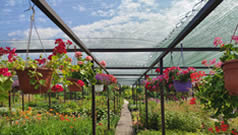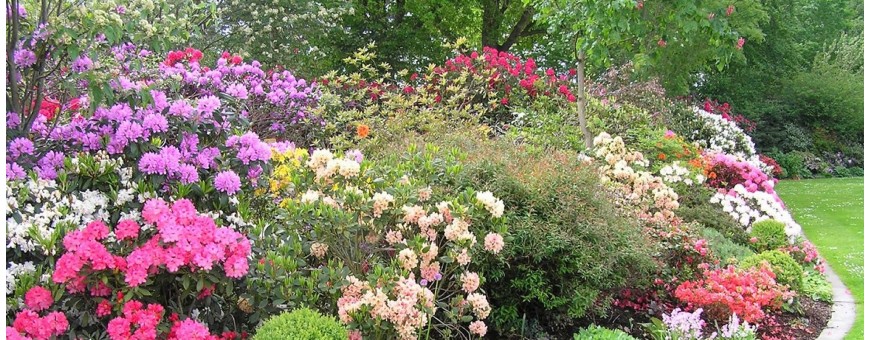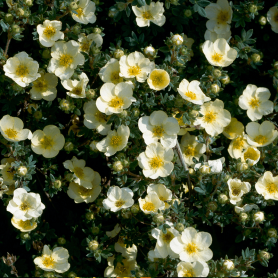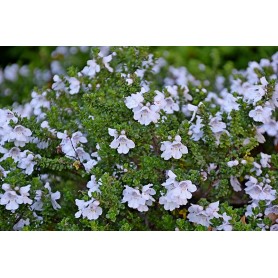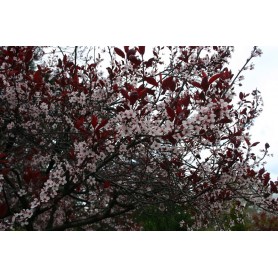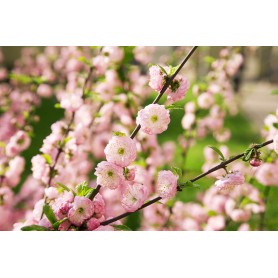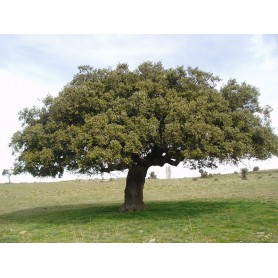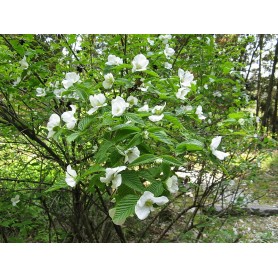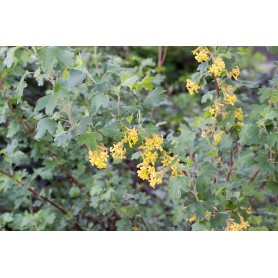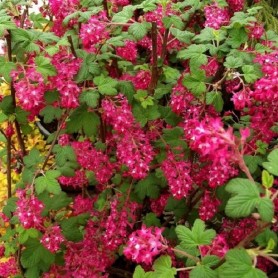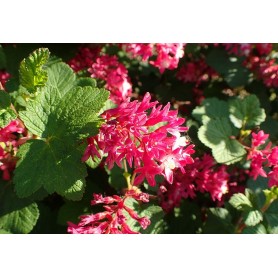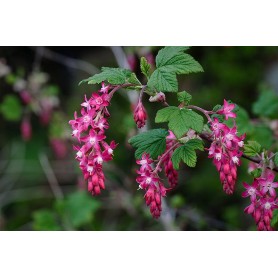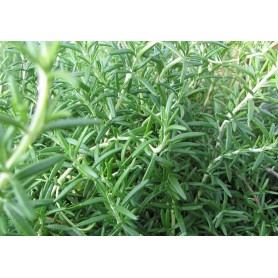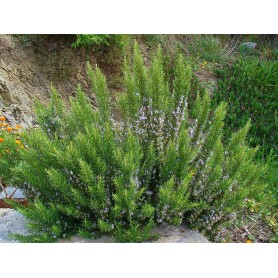Potentilla frut. 'Tilford Cream'
Potentilla fruticosa 'Tilford Cream', also called Bush Goosey Gander or Shrub Gander, is a small deciduous shrub with a dense bushy low, creeping form and narrow grey-green leaves. It flowers particularly profusely from June to the end of September with large, creamy white, buttercup-like flowers with a yellow centre. This bush gander likes a position in full sun or partial shade and does well in almost any type of soil. In full sun, the flowers bloom earlier and the color contrast is less intense. It is very hardy, reasonably drought resistant, tolerates salty sea wind, air pollution, attracts bees and butterflies and is free of disease and pests.
€6.19

